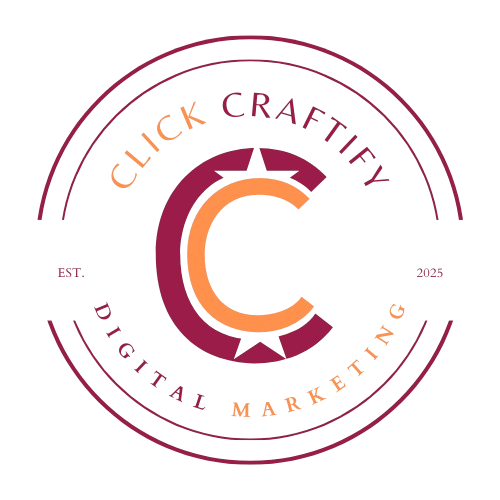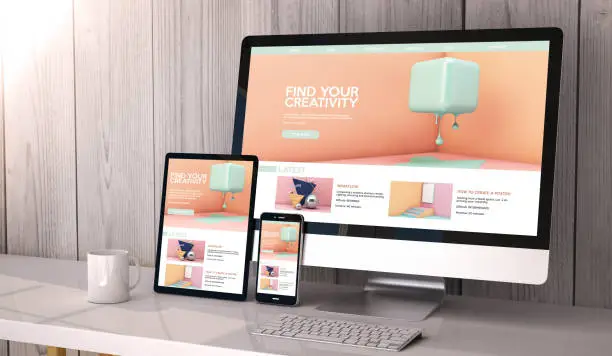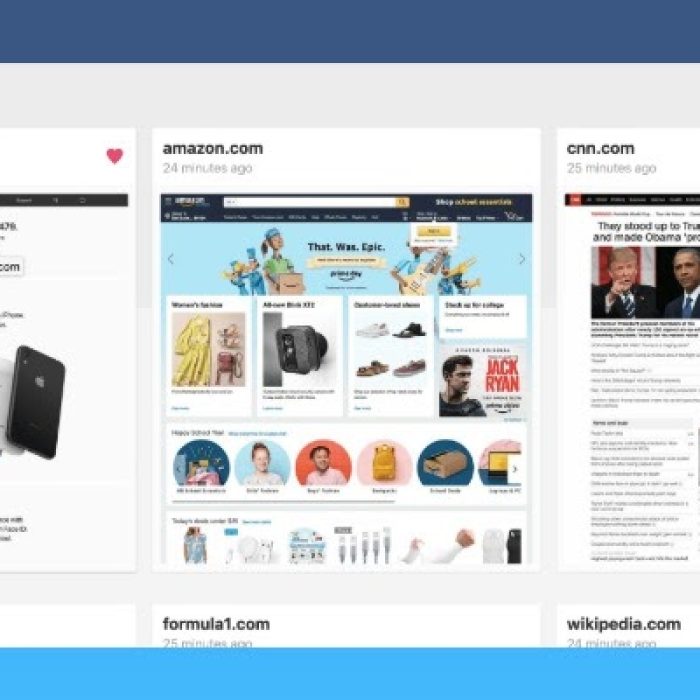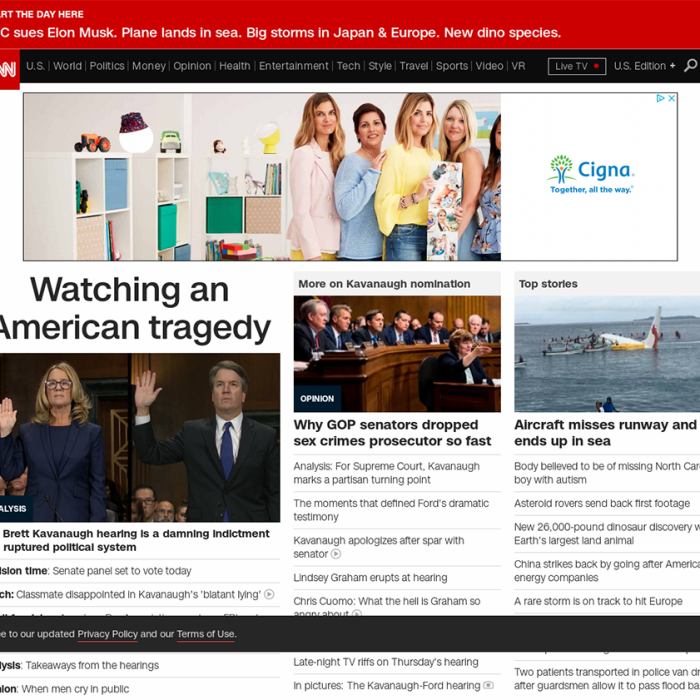How to Design a Company Website: A Step-by-Step Guide
In today’s digital-first world, your company website is your online storefront, brand ambassador, and 24/7 sales representative. Whether you’re a startup or an established business, having a well-designed website is non-negotiable. But where do you start? Designing a website can seem overwhelming, but don’t worry—we’ve got you covered.
At Click Craftify, we specialize in crafting compelling digital experiences, and in this guide, we’ll walk you through the key steps to designing a company website that not only looks great but also drives results.
Step 1: Define Your Website’s Purpose and Goals
Before jumping into design, take a step back and define what you want your website to achieve. Ask yourself:
Is it meant to generate leads?
Sell products or services?
Educate and inform visitors?
Build brand credibility?
Knowing your goals will help shape the structure, content, and functionality of your website.
Pro Tip: Write down your primary objective in one sentence. This keeps your design focused and prevents unnecessary distractions.
Step 2: Research and Gather Inspiration
Great design is inspired by other great designs. Look at competitor websites and industry leaders to see what works and what doesn’t. Pay attention to:
Layout and navigation
Color schemes and typography
Calls-to-action (CTAs)
Mobile responsiveness
Take notes on what elements you like and think about how you can incorporate them while maintaining originality.
Step 3: Plan Your Website Structure (Sitemap)
A well-organized website makes it easier for visitors to find what they need. Create a sitemap to outline your website’s main pages. A standard business website typically includes:
Home: A compelling introduction to your brand
About Us: Your company’s story, mission, and team
Services/Products: What you offer, with detailed descriptions
Blog: Content that educates and engages your audience
Contact: A way for visitors to reach out
Having a clear structure improves user experience and helps with SEO (Search Engine Optimization).
Step 4: Choose the Right Platform and Hosting
Selecting the right platform and hosting provider is crucial for your website’s performance. Some popular website builders include:
WordPress: Highly customizable with thousands of themes and plugins
Shopify: Best for eCommerce websites
Wix/Squarespace: Ideal for small businesses with simple needs
For hosting, look for a provider that offers speed, security, and scalability. Popular hosting providers include Bluehost, SiteGround, and Cloudways.
Pro Tip: If you’re new to web design, a drag-and-drop builder like Wix or Squarespace might be the easiest option.
Step 5: Design with User Experience (UX) in Mind
Your website should be visually appealing, but more importantly, it should be easy to use. Here are some essential UX design principles:
Navigation Should Be Intuitive: Visitors should find what they need in just a few clicks.
Mobile Responsiveness: More than half of web traffic comes from mobile devices, so ensure your site is mobile-friendly.
Fast Loading Speed: A slow website can drive visitors away.
Consistent Branding: Use your company’s logo, colors, and typography consistently across all pages.
Pro Tip: Use white space to make your content more readable and avoid cluttered layouts.
Step 6: Craft Engaging Content and CTAs
A beautiful design means nothing without compelling content. Your website copy should:
Be clear and concise
Speak directly to your audience’s pain points
Include strong call-to-actions (CTAs) like “Get a Quote” or “Sign Up Today”
Additionally, high-quality images and videos can enhance engagement and help communicate your message effectively.
Frequently Asked Questions
Have a Question?
We’re here to help 7 days a week and respond within 24 hours. Plus, you can find answers to the most common questions about company website design right here.
The cost varies based on design complexity, features, and platform. A basic website can cost 500-5,000, while advanced sites may go beyond 10,000.
A custom website offers more flexibility and scalability, while website builders are easier to use and more budget-friendly. The best choice depends on your business needs.
A simple website can take 2-4 weeks, while complex sites may take 2-6 months, depending on development and design requirements.
Must-have pages include Home, About, Services/Products, Blog, and Contact. Other useful pages: FAQs, Testimonials, and Portfolio.
Use a responsive design, optimize images, and test on different screen sizes. Google’s Mobile-Friendly Test can help ensure compatibility.













